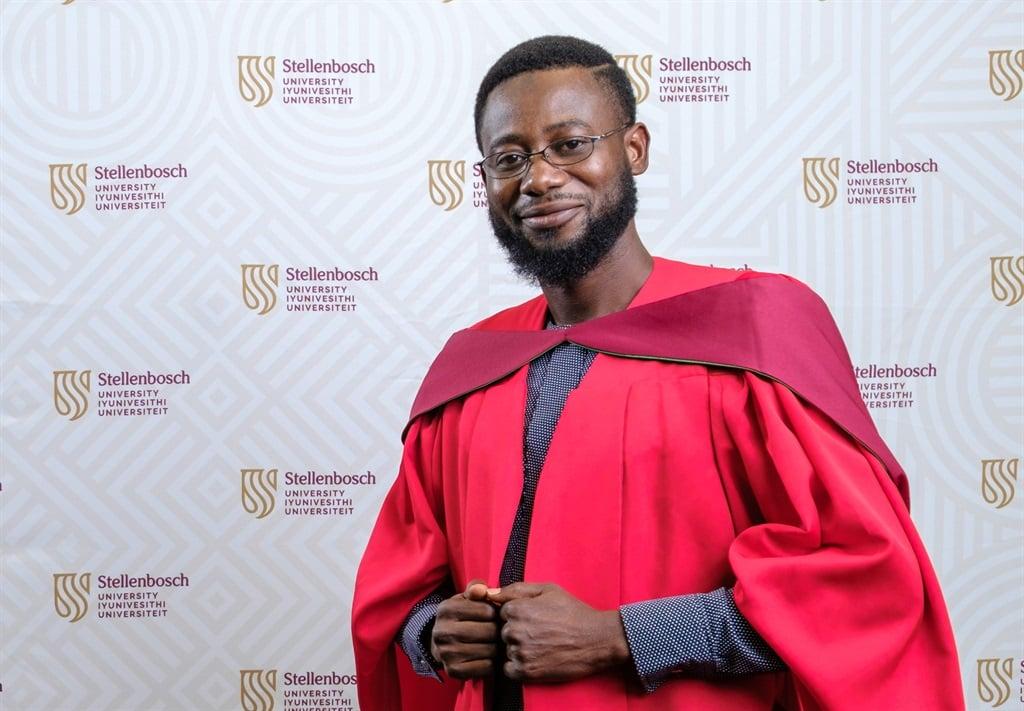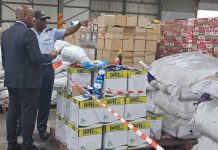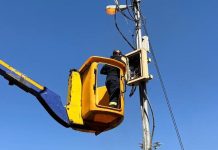Africa-Press – South-Africa. For decades, South Arica has been fighting against the spread of invasive Port Jackson trees that tend to force out the local vegetation wherever they become established.
These hardy acacias, originally from Australia, have taken a particular liking to the kloofs and small streams that make up the catchment areas of the Berg and Breede rivers in the Western Cape. They have also become established on the West Coast, the Overberg and parts of the Eastern Cape.
Environmentalists and the government have tried to limit their spread by introducing a fungus that sucks up the plant’s nutrients and a weevil that munches on their seeds.
Often, the only way to get rid of them is by hacking them out. But what to do with the trees once they have been cut down?
Dr Abubakar Sadiq Mohammed has proposed a solution: why not use the trees to make insulation for low-cost housing?
Upcycling
The 39-year-old from Ghana received his PhD in wood product science from Stellenbosch University last year for creating a wood-plastic composite board using felled Port Jackson trees and recycled plastic bags.
“The boards were optimised for use in interior wall and ceiling applications as insulation boards,” he tells News24 Business via email from Ghana.
Mohammed says that the boards possess the fire and mould-resistance properties required for interior cladding in addition to acoustic and thermal insulation.
His target market is SA’s low-cost housing. RDP houses are generally built with no insulation in a bid to keep costs down, which means residents are exposed to extremes of hot and cold.
“[The boards] meet quality requirements for use in any interior building applications, not just RDP houses,” he adds.
Mohammed says he sourced the raw materials for the boards from two companies in the Cape Town area.
He got the plastic, which acts as a binder, from a waste recycling plant in Cape Town that turns plastic bags into recycled low-density polyethene.
An invasive plant-clearing operation provided him with the felled trees. He used all parts of the Port Jacksons, from their bark to their leaves. The trees didn’t have to be pre-treated before being made into boards.
This not only meant that plastic bags and invasive plants were given a second life as a useful product, but also kept costs down.
Mohammed, who has not yet named his creation, says he has long nursed a dream to commercialise the product.
“I was just too busy with my lab work and thesis that I did not find enough time to search for funding. That should be the next stage now.”
For More News And Analysis About South-Africa Follow Africa-Press






